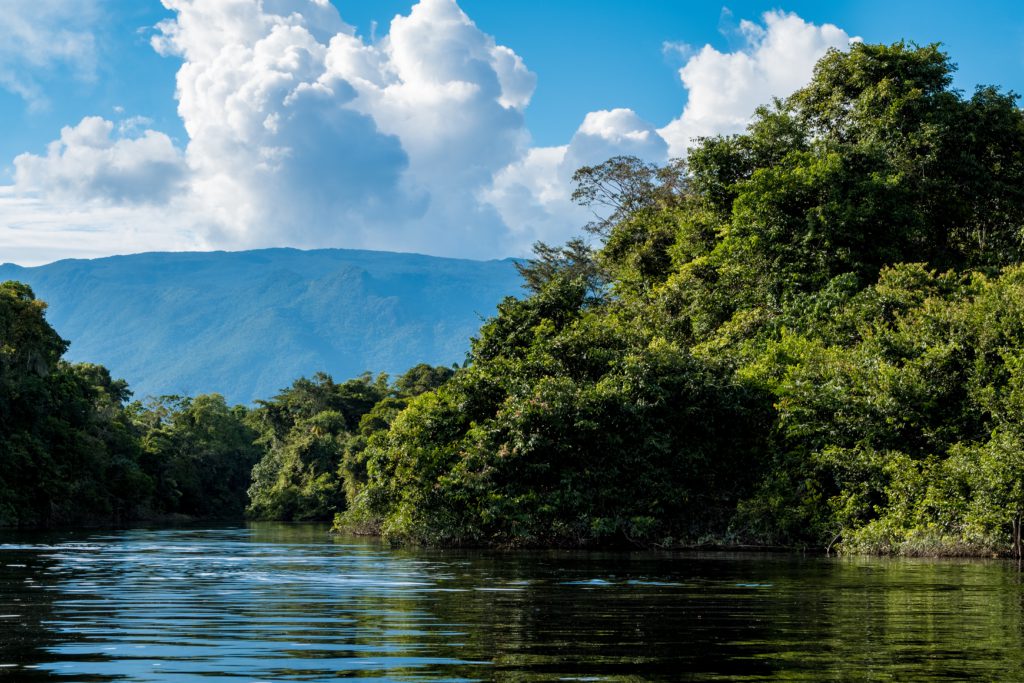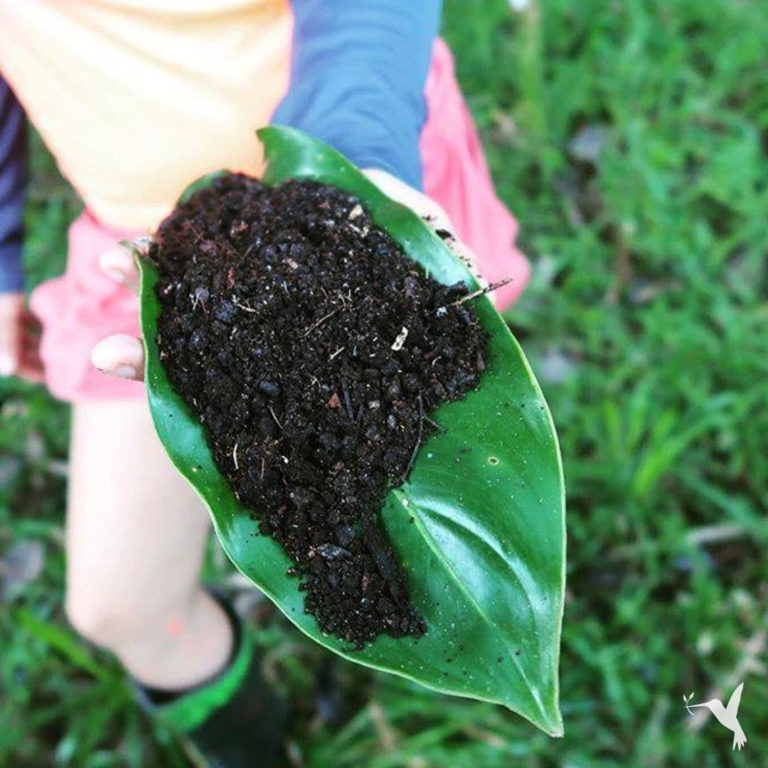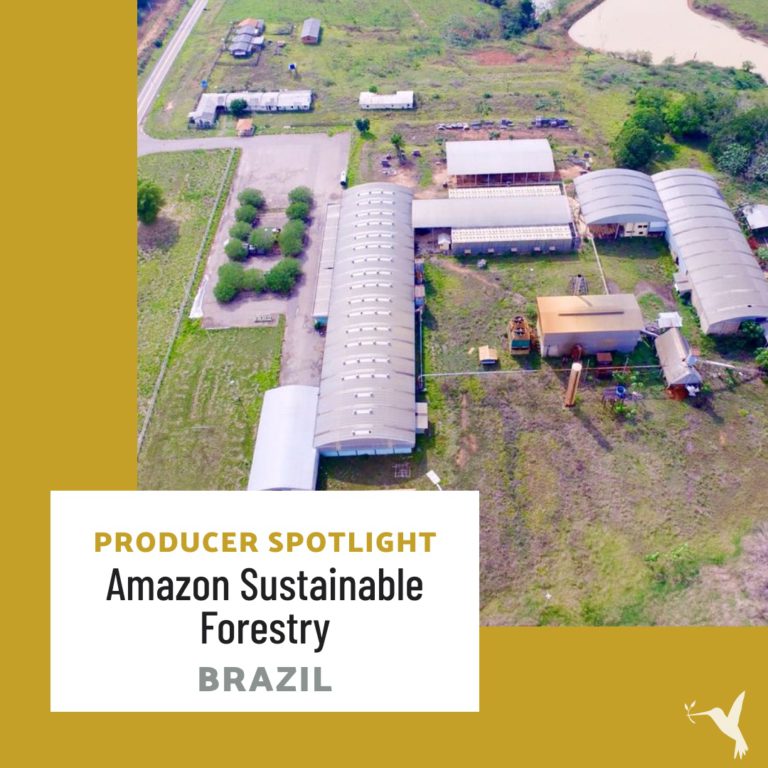Amazon Deforestation & The Rise of Agroforestry
Agroforestry: A Solution for Nature and Agriculture
In recent decades, it has begun to feel like our agriculture systems are at war with the natural world. This leaves us with a conflict of how to care for our world and feed our populations. But does it have to be this way? There are many solutions that would say no.
Agroforestry is the intentional integration of trees and shrubs into crop and animal farming systems. This integration creates many environmental, economic, and social benefits. Despite these added benefits, the main goal of agroforestry is to diversify a producer’s farming system. The key idea behind agroforestry is to mimic the organic order of nature. Ultimately, agroforestry has the capacity to create a flourishing ecosystem, which spares farmers the choice between nature and livelihood.
Agroforestry & the Benefits to Climate, Community, & the Economy
Agroforestry significantly increases carbon sequestration. According to the Climate Institute, agroforestry gives us an opportunity to scale back the amount of carbon that agriculture releases. Instead, agroforestry practices increase levels of soil organic carbon.

Another advantage of agroforestry is the economic benefit to small farmers. Around the world, many farmers are barely making ends meet. Around 500 million smallholder farmers live on less than 2 dollars a day.
Farmers who engage in practices involved in agroforestry are generating a larger income than when they were using conventional agricultural practices. For example, introducing native trees into agricultural systems encourages more efficient nutrient cycling. The resulting improved soil quality will help farmers produce more crops.
Just the simple introduction of trees can cause farm output to be more substantive and reliable. Agroforestry not only benefits the planet but also increases efficiency throughout the agricultural process and generates a higher level of profitability.
There are also significant social benefits associated with agroforestry. Farmers who work together with a goal of giving back to the lands they use for agriculture can see benefits. In this way, agroforestry offers the potential to create positive environment-aware communities for people from different walks of life to get involved in.
Types of Agroforestry Farming Systems
There are three main farming systems that fall under agroforestry: alley cropping, forest farming, and silvopasture. Alley cropping means planting crops between rows of trees to provide income while the trees mature. The system produces fruits, vegetables, grains, flowers, herbs, bioenergy feedstocks, and more. Forest farming operations grow food, herbal, botanical, or decorative crops under a forest canopy that is managed to provide ideal shade levels as well as other products. Forest farming is also called multi-story cropping. Silvopasture combines trees with livestock and their forages on one piece of land. The trees provide timber, fruit, or nuts as well as shade and shelter for livestock and their forages, reducing stress on the animals from the hot summer sun, cold winter winds, or a downpour.
Agroforestry to Save the Amazon
Currently, our largest and most diverse rainforest in the world is suffering. The Amazon Rainforest is near a critical tipping point. Years of deforestation is turning much of the forest into grassland, which is disrupting the integrity of the entire global water cycle. If this continues, gigatons of carbon will enter the atmosphere and vital atmospheric processes will be altered beyond repair. If we continue down this path, the negative impacts to our ecosystem and society as a whole will drastically increase.

Thinking about it in this way can feel incredibly heavy. Fortunately, there are solutions. Researchers and farmers have seen fascinating results when using agroforestry techniques.
The results have been extraordinary. Farmers in the RECA program were able to cultivate the land for their produce while simultaneously restoring it. They sold food products throughout Brazil, including fruit juice, palm hearts, medical plants, and oils. Not only was the co-op a success for the land and the Brazilian communities, but it also benefited the local farmers financially. Most of the farmers involved in RECA earned up to five times more per acre using agroforestry techniques than compared to those who still used traditional methods.
Another project in Brazil is Amazon Sustainable Forestry. This company is devoted to working with land and the communities on the land in ways that protect and preserve rather than merely extracting resources.
Making the transition from traditional to agroforestry techniques does not happen overnight. As with many solutions, it can feel daunting to know where to begin. If fully adopting agroforest practices into a farm seems unrealistic, introducing a few easy techniques, or even just a few new native trees, can still make a difference.
Interested in learning about more solution-drive work? Join us and we pledge to stay on top of it!




2 comments
Let’s reduce hunger, Poverty and deforestation together
Support us to do it please.
Yes, exactly! We need to reduce them all together. Thanks for your comment and your hard work.